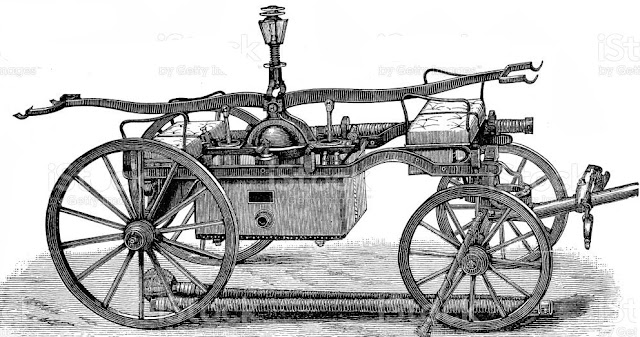From the May 16, 1855, Chicago Tribune:
The sun this morning rose upon a scene in Springfield, the like of which has never before been witnessed here. More than half the block of stores on the west side of the square, commencing from the north, was in ruins, and the goods and furniture not destroyed, were scattered about mainly on the state house square, presenting further evidence of the melancholy catastrophe. This great destruction was, without question, the work of an incendiary.
The fire was kindled among some boxes near one of the buildings, and such was the dry state of all the material about that the buildings immediately caught fire, which was not arrested until nine stores and one or two other buildings of less consequence were consumed.
sidebar
The Public Square in Springfield is bound by Adams, Washington, Fifth and Sixth Streets. It was created on paper in December of 1823.
The following is a list of the sufferers: ($1.00 in 1855 = $35.00 in 2023)
- Clark & Henkle, a clothing store, was insured for $5,000 ($175,000 in 2023) in Northwestern and $1,000 in Mohawk Valley. Loss estimated at $6,000. House owned by Johnson & Bradford, insured for $1,500.
- Thayer & Co., dry goods merchants, stock of goods valued at $17,000, insured for $8,000—saved goods to the amount of $10,000 or $12,000 in the wrong order.
- Canedy & Johnson, druggists, insured on stock and fixtures $6,500, on house $2,500. Loss estimated at $9,000. P.C.Canedy's dwelling was saved by the most persevering efforts; back buildings with the house on the west torn down. House and furniture, which are considerably damaged, were insured.
- R.H. Reach's clothing store insured $5,000. Loss of about $2,000.
- Irwin & Davis, dry goods merchants, insured on goods $5,000, no insurance on the house. Loss estimated at $6,000.
- A. Freeman & Co., dry goods and grocery merchants, no insurance either on house or goods. Loss estimated at $8,000.
- Spear & Brothers, dry goods merchants, insured $3,000 on goods, no insurance on the house. Loss of about $4,000.
- Dr. Harper's office, Brimm's law office, and a barber's shop, over Freeman's books, papers, etc., mostly saved; Loss estimated at $200.
- Springfield Coffee House, owned by William H. Camp, had no insurance. Loss of about $2,000.
- Bradford & Johnson's Book Store, bindery etc., the house owned by N.W. Edwards; insurance for $700. Inventory insured for $3,500; loss of about $1,800.
- Clark's Exchange Bank, which was fireproof, arrested the fire on the south, but for which, the whole block on the west side of the square would have been laid in ashes.
- As it went west, the fire's progress was arrested at Mr. Canedy's dwelling house. S.B. Fisher's store, on the north side of the square, while the fire was raging, was discovered to be on fire in the second story. It was soon extinguished, doing but minor damage.
The present is a very appropriate occasion to draw the attention of our city authorities to the necessity of providing more efficient means than they have yet done for the extinguishment of fires.
— Springfield (Ill.) Journal
Compiled by Dr. Neil Gale, Ph.D.





